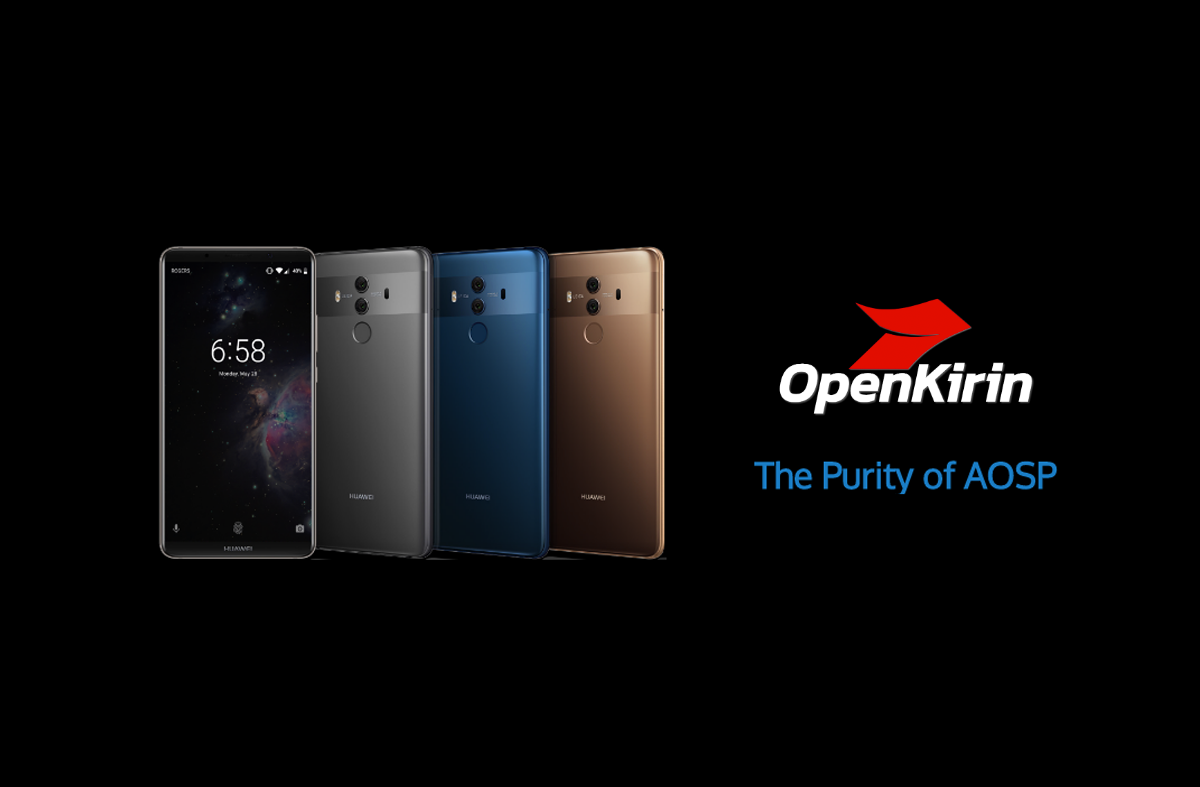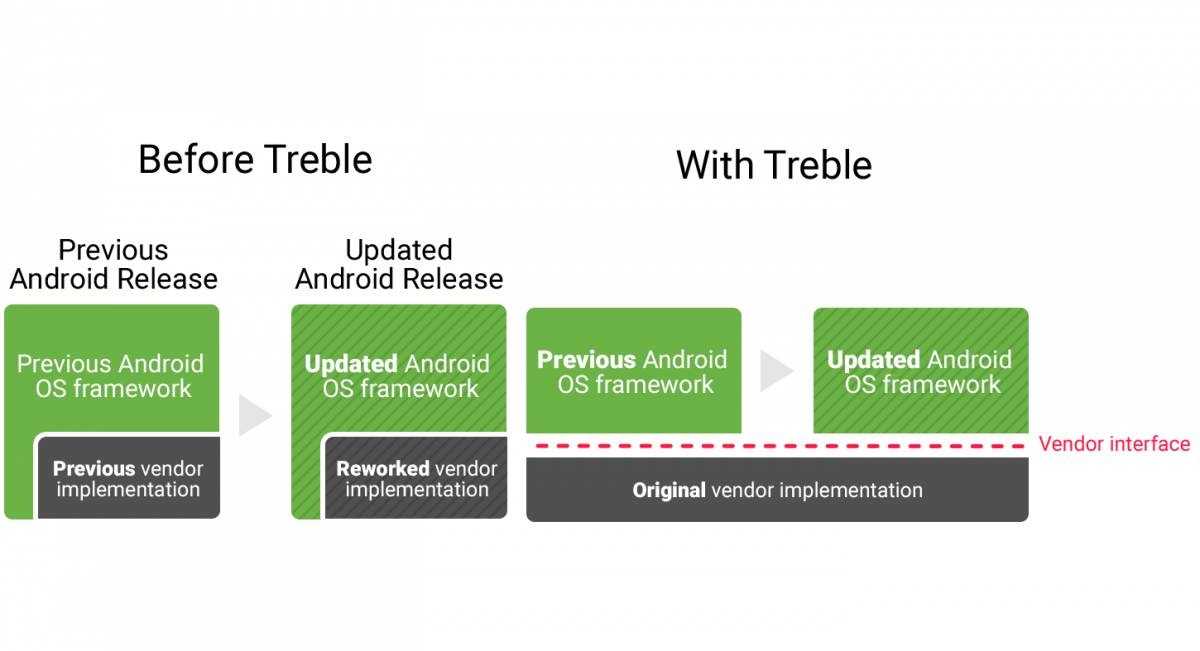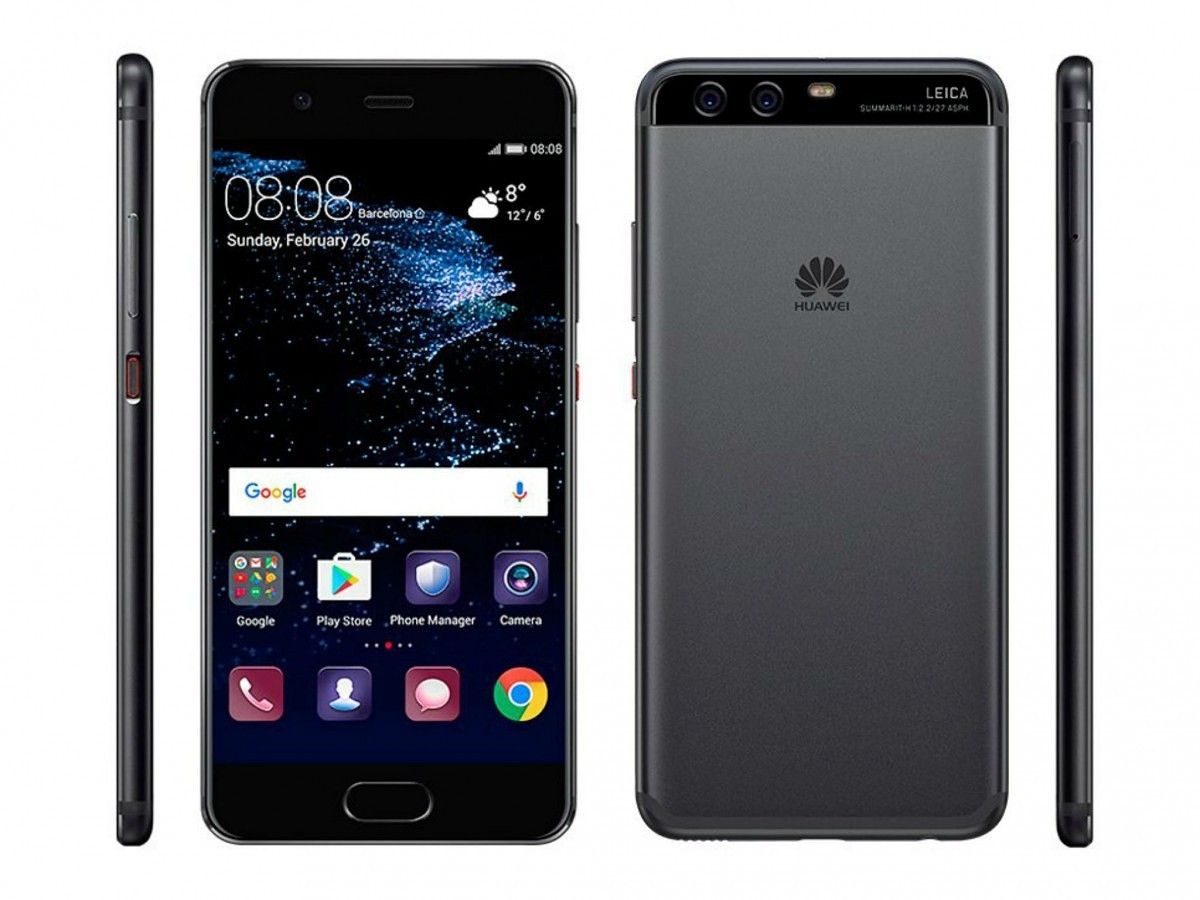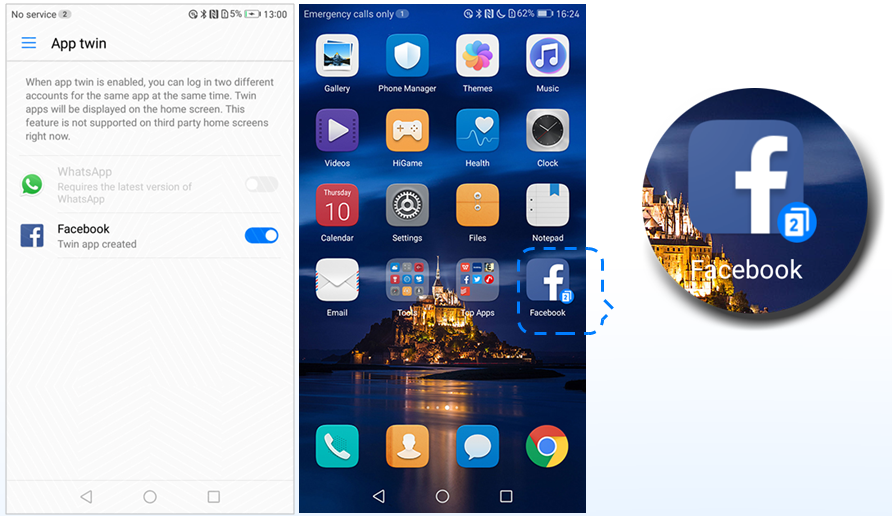latest

These smartphones will support Fortnite Mobile on Android
Fortnite Mobile on Android launches soon. Epic Games' website confirms that 40 devices will be supported at launch. Here are the devices it'll support.
Fortnite Mobile on Android is a long-awaited upcoming release of an already massively popular game. Since launching on Apple iOS, users of Android smartphones and tablets have been wondering when Fortnite would launch on their devices too. The Android release has apparently been delayed as we recently reported that it will be launching as an exclusive with the Samsung Galaxy Note 9. This exclusivity will supposedly last 30 days. After 30 days, Fortnite Mobile on Android will become available for all supported Android devices. If you're wondering if your device will be supported, we've got the list of supported Android devices taken straight from Epic Games' own website.

Team OpenKirin opens website to support all EMUI 8 Huawei/Honor devices
Team OpenKirin aims to make the pure AOSP experience available for all supported Huawei and Honor devices running EMUI 8.
Huawei and their subsidiary Honor ship their smartphones and tablets with their EMUI software. It's a heavily modified version of the stock Android framework that offers a lot of features not found in AOSP. Some people prefer all of the added features while the stock Android purists would much rather have stock Android running on top of Huawei/Honor hardware. If that describes you, then you may want to check out the work done by the OpenKirin team. They recently released unofficial LineageOS, CarbonROM, and Resurrection Remix builds for all EMUI 8 devices.

How to flash a Generic System Image (GSI) on Project Treble supported devices
So your device supports Project Treble, what does that mean for you? It means you can flash a Generic System Image such as LineageOS or Resurrection Remix! Enjoy AOSP-based custom ROMs! Here's a guide on how to install these ROMs.
If you've only heard of Project Treble in passing but haven't looked into it all that much, then you may have heard that it's supposed to help major Android updates roll out more quickly. At XDA, there's another benefit that we've spoken about at length: the ability to boot an AOSP Generic System Image (GSI) on any supported device. This means that devices that were once running heavily customized Android versions like Samsung Experience on the Samsung Galaxy S9 or EMUI 8 on the Huawei Mate 10 Pro can alternatively run software closer to that of the Google Pixel 2.

Here's a list of Android devices updated with Project Treble support
Project Treble is a major re-architecture of the way Android works. The result is that Android software updates should come faster on devices that support it. Also, it opens up a whole new avenue of custom ROMs. Check out if your device supports it!
Whereas Apple is able to keep most of their devices, even many older ones, up to date with the latest software (which sometimes involve rather controversial features), Android device makers have varying degrees of success keeping their devices up to date. Some device makers like Essential and Google are pretty good at providing security patches, while others can delay updates by months at a time. That's without considering major software updates such as from Android Nougat to Android Oreo, a software release which is installed on only slightly more than 1% of all Android devices. To combat slow Android updates, Google introduced Project Treble.

Huawei P10 and P10 Plus Android Oreo update with EMUI 8.0 now officially rolling out
Huawei has started rolling out the stable Android Oreo-based EMUI 8.0 update to the international variants of the Huawei P10 and the P10 Plus. The update is currently rolling out to P10 and P10 Plus users in Philippines.
The Huawei P10 and the P10 Plus were launched at MWC 2017. The phones didn't launch with Android Oreo, but they have high-end specs including the Kirin 960 system-on-chip, dual 12MP + 20MP RGB + monochrome rear cameras, and an 8MP front camera. The differences between the two are that the Huawei P10 has a 5.1-inch Full HD IPS display, while the P10 Plus has a 5.5-inch 16:9 QHD (2560x1440) IPS display. The P10 comes with 4GB of RAM and either 32GB or 64GB of storage, while the P10 Plus comes with either 4GB or 6GB of RAM and either 64GB or 128GB of storage. Finally, the P10 has a 3200mAh battery, while the P10 Plus has a 3750mAh battery.

Huawei P10 and P10 Plus Oreo Kernel Source Code Now Available
Huawei has released the Android Oreo kernel source code for the Huawei P10 and the P10 Plus. The original source code for the devices was released in June.
The Linux kernel uses the GPLv2 license, which requires that any kernel-level code changes are open-sourced. It's made Android what it is today, and the importance of releasing kernel source code cannot be understated. Manufacturers are legally required to release kernel sources in a timely manner, and some have an excellent track record of doing so. Others, however, miss the mark.

How to use EMUI's App Twin Feature on any Launcher
In this tutorial, I will show you how to use EMUI's App Twin feature on any launcher such as Nova, Apex, Action Launcher etc.
A few days ago, I shared a tutorial outlining how to use EMUI's App Twin feature with any installed application or game on your device.

A Brief History of the Past, Present, and Future of Dual Camera Smartphones
XDA's Eric Ralph walks us through a history of dual camera smartphones from the past, present, and even the future including smartphones announced at MWC.
I have little doubt that nearly all readers here at XDA are familiar with the dual camera setup that has lately become a touted feature of many smartphones across the value spectrum. However, the history of dual lens and smartphone camera sensors is quite a bit more complex and nuanced than the current implementations now in vogue.


